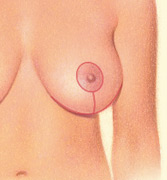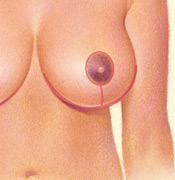BREAST REDUCTION
A DISTINCTIVELY DIFFERENT PRACTICE
EXPERIENCE EXTRAORDINARY
What is a Breast Reduction?
Breasts that are too large can negatively affect one’s health. People with overly large breasts often state that their physical activity is restricted by the heaviness of their breasts. Other common symptoms include the neck, shoulder, and upper back pain, rash formation under the breasts, difficulty finding properly fitted bras and clothing, and shoulder strap grooving from the weight of the breasts in a bra.
Breast reduction, also known as reduction mammoplasty, is a procedure to remove excess breast fat, glandular tissue, and skin to help alleviate symptoms of overly large breasts and to form a breast size that is in proportion with your body. Breast reduction surgery has one of the highest patient satisfaction rates of all procedures performed by plastic surgeons. Dr. Hewell and Dr. Fischer use their expertise to create a beautifully shaped breast that matches each patient’s size ideal to improve each patient’s quality of life.
Breast reduction surgery is a good option for you if you are relatively healthy and are bothered by the large size of your breasts. When choosing a plastic surgeon for breast reduction surgery, remember that the surgeon’s experience and your comfort with him or her are just as important as the final cost of the surgery.







